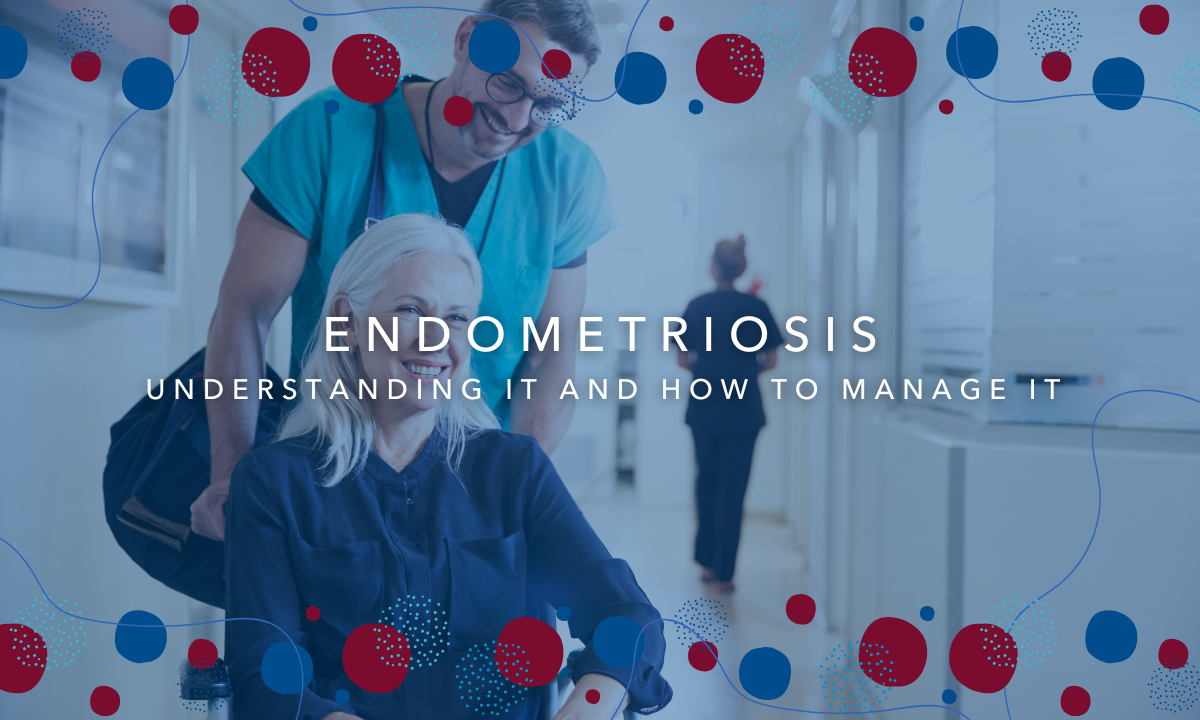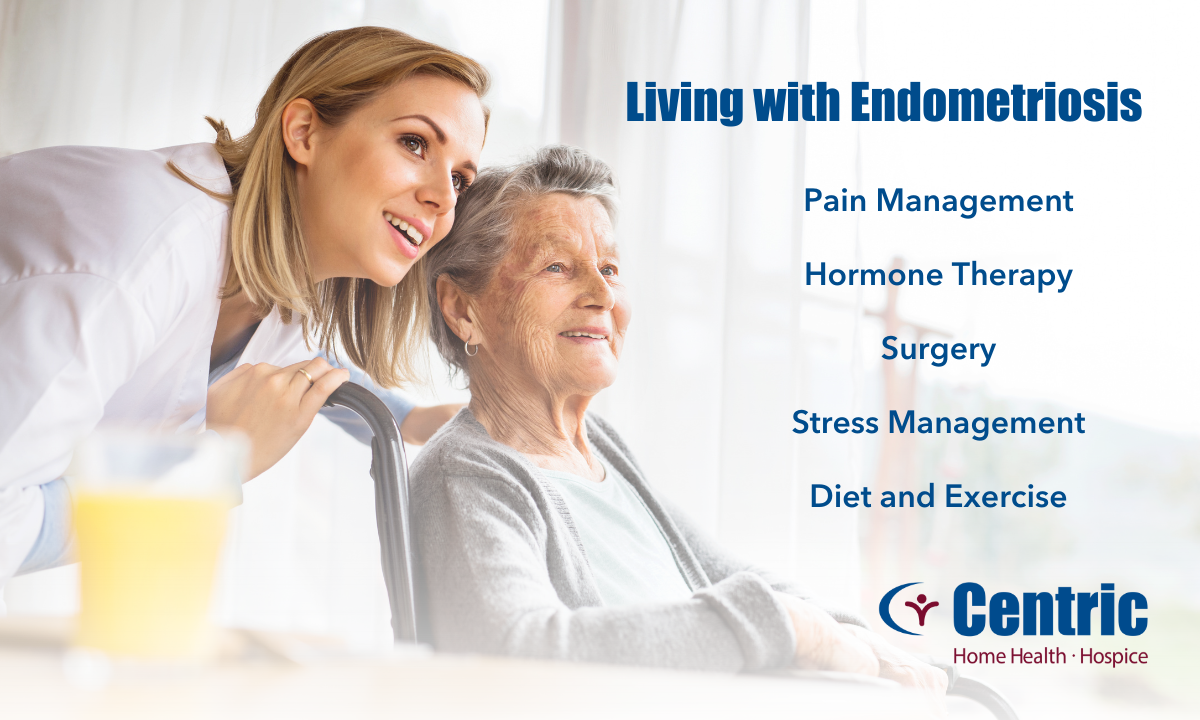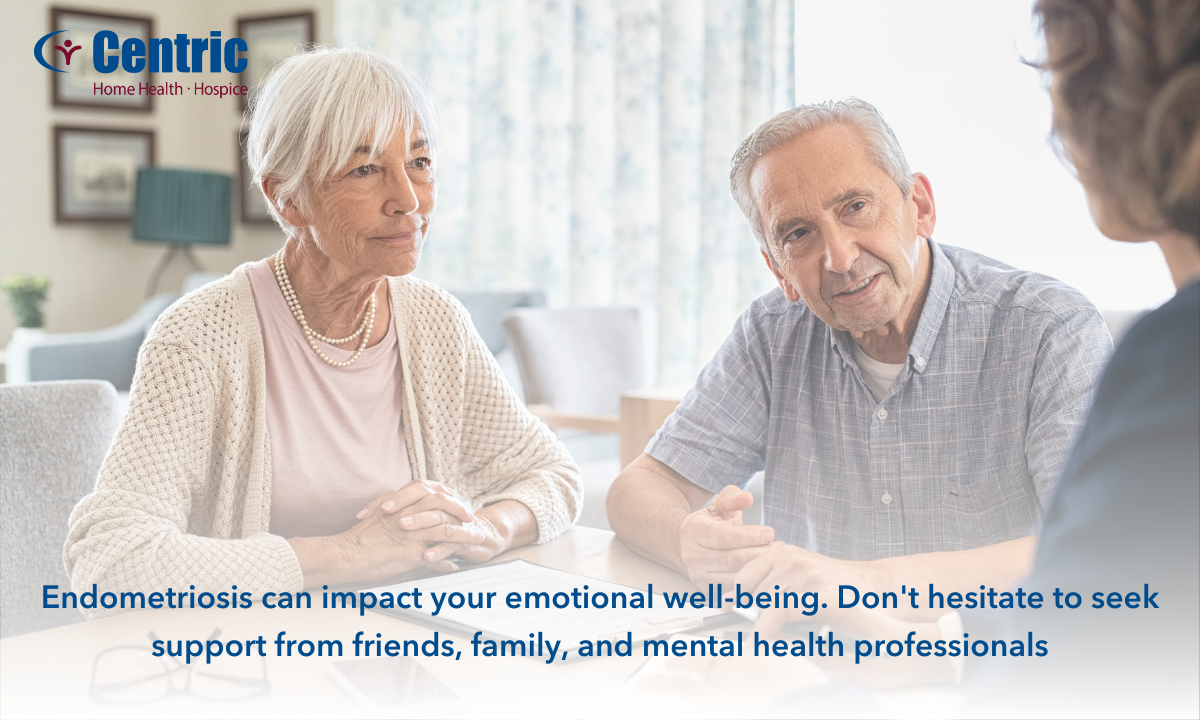Endometriosis Awareness Month
Understanding and Managing This Often-Overlooked Condition
March is Endometriosis Awareness Month, a time to raise awareness about this often-overlooked and debilitating condition that affects millions of women worldwide. Endometriosis occurs when tissue similar to the lining of the uterus (the endometrium) grows outside of the uterus, often on the ovaries, fallopian tubes, and other pelvic organs.
Imagine this: instead of neatly lining your uterus, this tissue decides to take a little road trip, popping up in unexpected places like your ovaries, intestines, or even your lungs. This misplaced tissue behaves just like the lining of your uterus, thickening, breaking down, and bleeding with each menstrual cycle. But with no way to escape the body, this trapped blood can cause inflammation, scarring, and even the formation of cysts.

Understanding the Impact:
Endometriosis can significantly disrupt daily life, affecting approximately 10% of women of reproductive age globally, according to the World Health Organization. The impact can vary greatly from woman to woman, but often includes debilitating pain. This may manifest as severe menstrual cramps (dysmenorrhea), pain during or after sexual intercourse (dyspareunia), or chronic pelvic pain that persists beyond the menstrual cycle. Heavy and prolonged bleeding, often requiring frequent sanitary product changes, is another common symptom. The constant battle with pain, hormonal fluctuations, and disrupted sleep can lead to fatigue, making it difficult to concentrate, work, or enjoy hobbies. Endometriosis can also interfere with ovulation and fallopian tube function, making it difficult to conceive.
Beyond the physical, endometriosis can take a significant emotional toll. The chronic pain, fatigue, and uncertainty surrounding the condition can lead to anxiety, depression, and even relationship issues.
The Importance of Early Diagnosis:
Diagnosing endometriosis can be challenging due to the varied and often subtle nature of its symptoms. The diagnostic journey often involves a combination of medical history, physical examination, and diagnostic tests. A thorough pelvic exam is conducted to check for any abnormalities, such as tenderness or masses.
Ultrasound imaging can help visualize the pelvic organs and detect any cysts or other abnormalities. However, Laparoscopy, a minimally invasive surgical procedure, is often considered the gold standard for diagnosing endometriosis. It allows the doctor to directly visualize the pelvic organs and confirm the presence of endometrial tissue.

Living with Endometriosis:
Living with endometriosis requires a multifaceted approach to symptom management. While there is no cure, various treatment options can significantly improve quality of life. Pain management often involves a combination of over-the-counter medications like ibuprofen and, in some cases, stronger prescription pain relievers. Hormone therapy, such as birth control pills or hormonal IUDs, can help reduce the growth of endometrial tissue and alleviate symptoms. Surgical intervention may be necessary in certain cases to remove endometrial tissue, treat adhesions, or correct other complications.
Lifestyle modifications play a crucial role in managing endometriosis. Stress management techniques, such as yoga, meditation, and deep breathing exercises, can help reduce stress levels and improve overall well-being as well as a diet healthy diet rich in fruits, vegetables, and whole grains. It's important to remember that women with endometriosis have higher rates of depression and anxiety, likely due to the chronic pain and the impact of the condition on their daily lives. For these reasons, it could be life changing to join a support group and connect with other women who understand what you're going through can provide invaluable emotional support and a sense of community. Sharing experiences, coping strategies, and offering each other support can make a significant difference in your journey.

Beyond the Physical:
The impact of endometriosis extends far beyond physical symptoms. It can significantly impact a woman's quality of life, affecting her relationships, career, and overall well-being. The emotional and psychological burden of endometriosis can be substantial. The chronic pain, fatigue, and uncertainty surrounding the condition can lead to anxiety, depression, and feelings of isolation. This emotional distress can strain relationships with partners, family, and friends.
It's crucial to remember that you are not alone. Endometriosis affects millions of women worldwide, and there is a strong community of support available.
March is a time to raise awareness about endometriosis and empower women to seek the support they need. If you suspect you may have endometriosis, don't hesitate to talk to your doctor. Early diagnosis and appropriate treatment can significantly improve your quality of life.
At Centric Home Health and Hospice, we understand the challenges faced by women living with endometriosis. We offer a range of services to support your overall well-being. Our registered nurses can help you manage pain, monitor your symptoms, and provide support at home. Rehabilitation services, such as physical and occupational therapy, can help you manage pain, improve mobility, and maintain your overall well-being. Our team can also provide you with valuable information and support to help you navigate your diagnosis and manage your condition.
If you are looking for comprehensive and compassionate home health and hospice care, contact Centric Home Health and Hospice to learn more about how we can support your health journey.

Disclaimer: This blog post is for informational purposes only and should not be considered medical advice. Always consult with a qualified healthcare professional for any health concerns you may have.
Share This On Your Favorite App